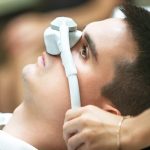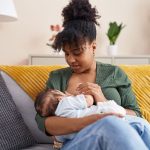
Elderly people benefit from taking medications to keep their blood pressure low, same as younger folks, a new study says. Systolic blood pressure kept under 130 reduces the risk of heart-related death by about 26% among people 80 or older, researchers reported in the Journal of the American College of Cardiology. “We found that people with blood pressure below 130 have a lower risk of dying from heart disease and stroke,” senior researcher Yuan Lu, an assistant professor of cardiology at Yale School of Medicine, said in an ACC podcast on the study. “Blood pressure above 145 was linked to a higher risk of heart-related death.” America’s leading heart health groups tightened blood pressure guidelines in 2017, setting 130 systolic as the new number at which anyone could be diagnosed as having high blood pressure. Systolic blood pressure is the pressure inside blood vessels during a heartbeat. Prior to that, the threshold was 140 for people younger than 65 and 150 for seniors 65 and older. However, “the evidence regarding optimal blood pressure targets for adults aged greater than 80 years remains limited and inconsistent across various guidelines,” researchers said in their new paper. That’s because major blood pressure studies have either excluded people 80 and older, or have not been able to perform sufficient follow-up, researchers said in background notes. “The key question is,… read on > read on >



























-300x200.jpg)










